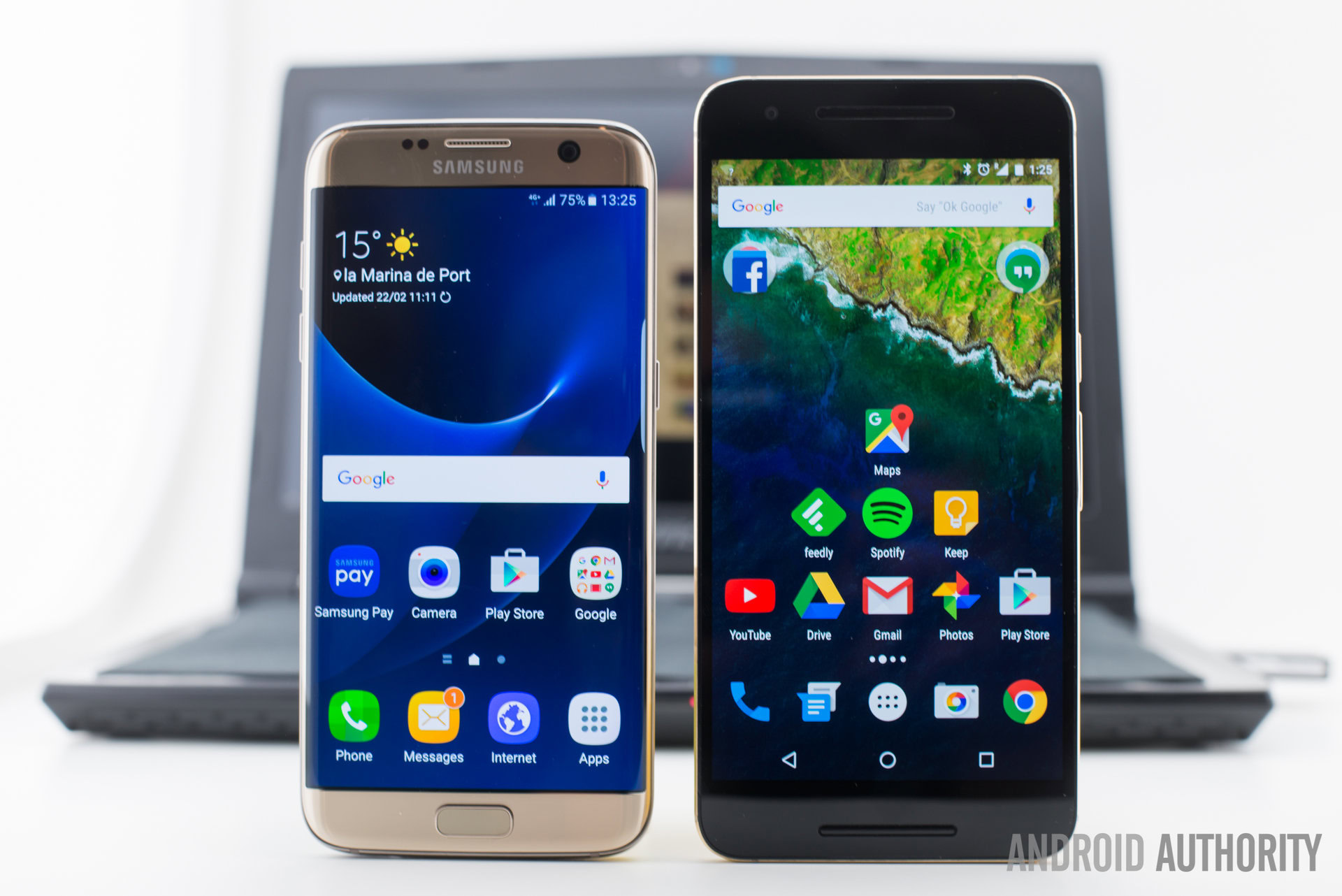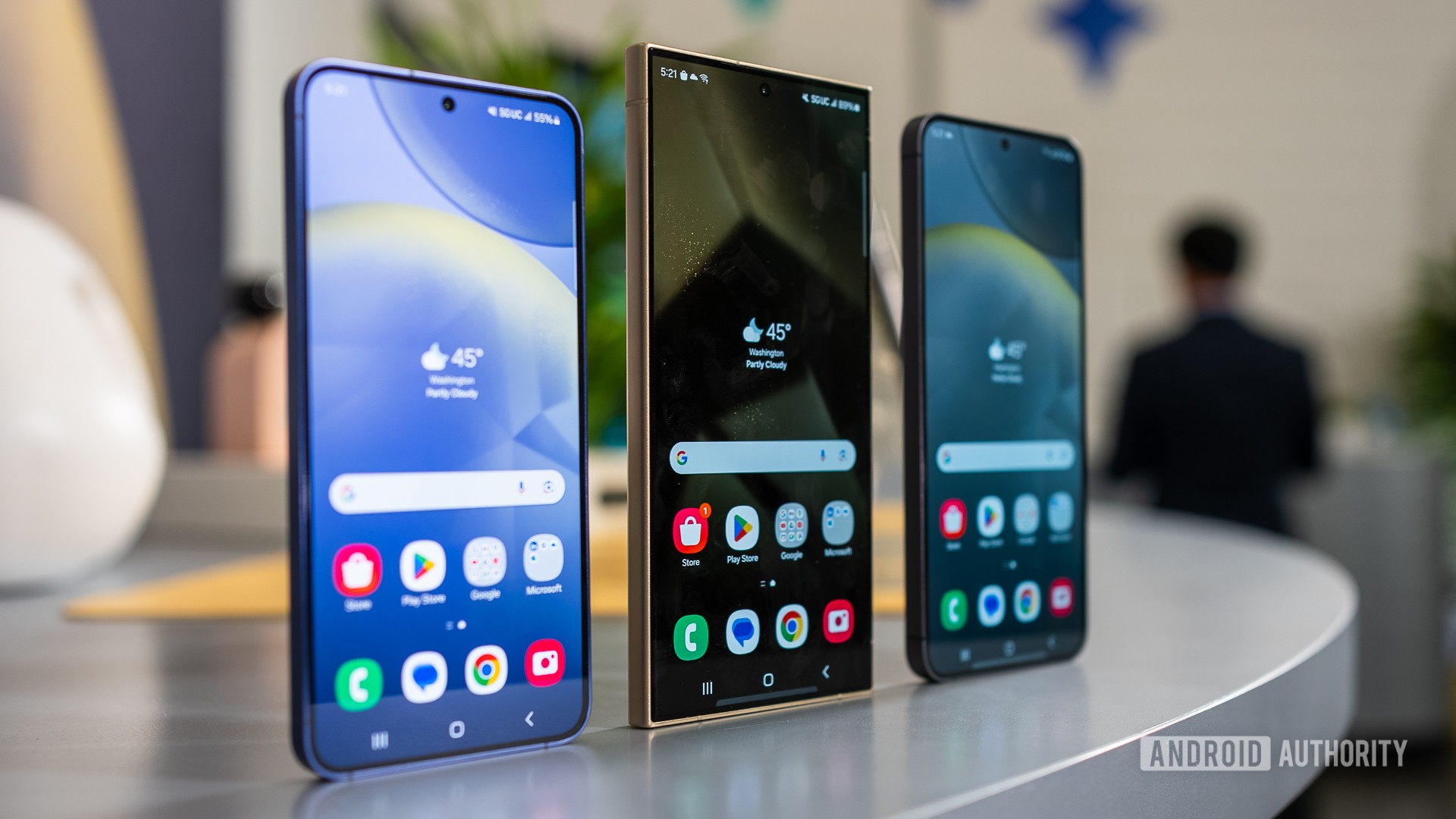Affiliate links on Android Authority may earn us a commission. Learn more.
Physical vs. on-screen buttons - what's your pick?

Which is better, physical/capacitive or on-screen buttons? We all have our thoughts on the matter, and the truth is there are good reasons to side with either end of the spectrum. Not to mention, there is still demand for both.
Even though Google has been clear that Android is all about on-screen buttons, manufacturers like Samsung and even HTC continue putting hardware keys in their devices. Meanwhile, other big players like LG, Sony and Motorola have mostly sided with Google to go all in on software keys. Hey, even the BlackBerry Priv, which is all about that keyboard, keeps its on-screen navigation buttons.
But the real question still stands: which is better? As it goes with these types of things, a definitive answer doesn’t exist. But we can try to find out is which one suits your needs better.

How did it all start?
It was 2011 when Google launched the Galaxy Nexus, along with Android 4.0 Ice Cream Sandwich. As it goes with all Nexus releases, this device was to lead the way for Android. Android 4.0 Ice Cream Sandwich was supposed to blur the line between tablets and smartphones, after all, so this was all a big deal.
Among the many changes in the Android OS was the introduction of software buttons. It was the device of the future, and would change the way we look at smartphones forever… at least for some. We do know some of you still love your physical keys!
Physical/capacitive buttons
First, let’s tell you a bit about the disadvantages of physical buttons. For starters, they take more effort to utilize, especially if they are actual mechanical keys you have to push. Yeah, we know you won’t be burning all your calories just by using your phone, but some of us really would rather put less effort into working our devices.
Another very important factor is durability. Can those physical keys put up with your lifestyle? If they can’t, it’s one more thing that could break. And let’s not forget those buttons are permanent. They are there to stay. They can’t be changed, moved or updated.
What’s the plus side? For starters, some of you do love the feeling of a good button press. That tactile feedback is simply not achievable with on-screen buttons. There’s also the fact that physical buttons are available at all times. You can do things like access the camera without even unlocking your phone, especially if you have a dedicated camera button.
And here is one that I am all about – screen real estate. Phones are getting bigger and screens continue improving, but what good is that if a good portion of it will always be occupied by a bar full of buttons? Physical buttons take up no part of your screen, which also means you can operate your phone without your fingers blocking the view of important parts in your display.
In addition, some of these physical buttons are starting to double as fingerprint readers, which would give them yet another reason to stay around. Take the Samsung Galaxy S7 and HTC 10 as examples.
On-screen buttons
Software buttons are also here to stay, love them or hate them. I happen to be a fan of these, but also have reasons to dislike them, and I am reminded of this every time I switch to capacitive/physical buttons.
As it was mentioned above, these on-screen navigation buttons do take up precious space on your screen. It’s mostly OK, because they also hide when you are viewing photos, videos or playing games, but the experience is less natural, overall.
There is plenty to love about on-screen buttons, though. For starters, they changed everything in terms of customization and adaptation. For example, new buttons can be added or removed. Has the developer not added a menu button? No problem. Do you prefer the back button on the left or right? With software buttons you can just pick (well provided the OEM software or ROM allows it)!
In addition to an improved software experience, getting rid of physical buttons can also improve hardware. Maybe they can use that extra space for more battery, or the manufacturer could make the bezels smaller to make a cleaner slate. It’s one of the main reasons why some manufacturers can get away with releasing phones carrying larger screens, yet with seemingly smaller bodies. Using physical buttons takes up space.
Which do you prefer?
Now that we have discussed our pros and cons, it’s time to turn to you and find out what all of you think about this matter. Are you a fan of hardware keys, or have you grown to like software buttons more? Answer the poll and let us know your reasoning in the comments!